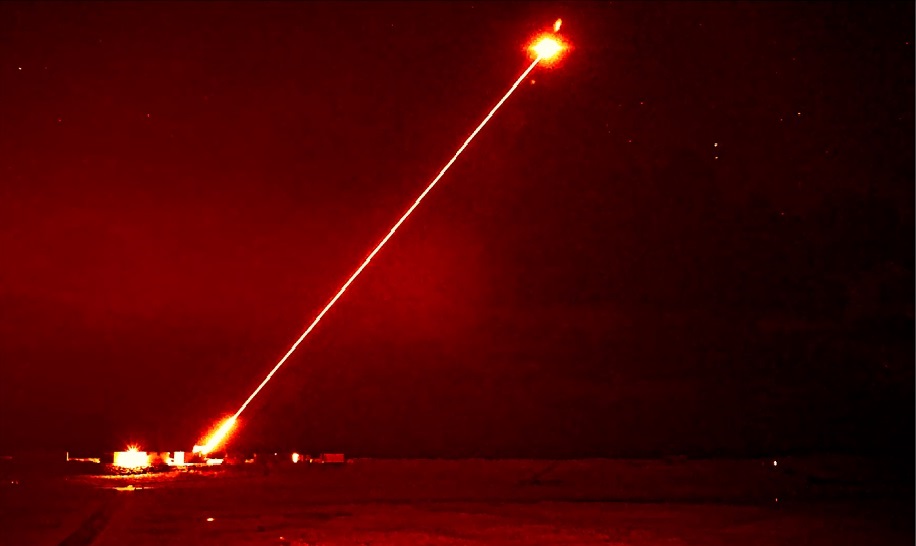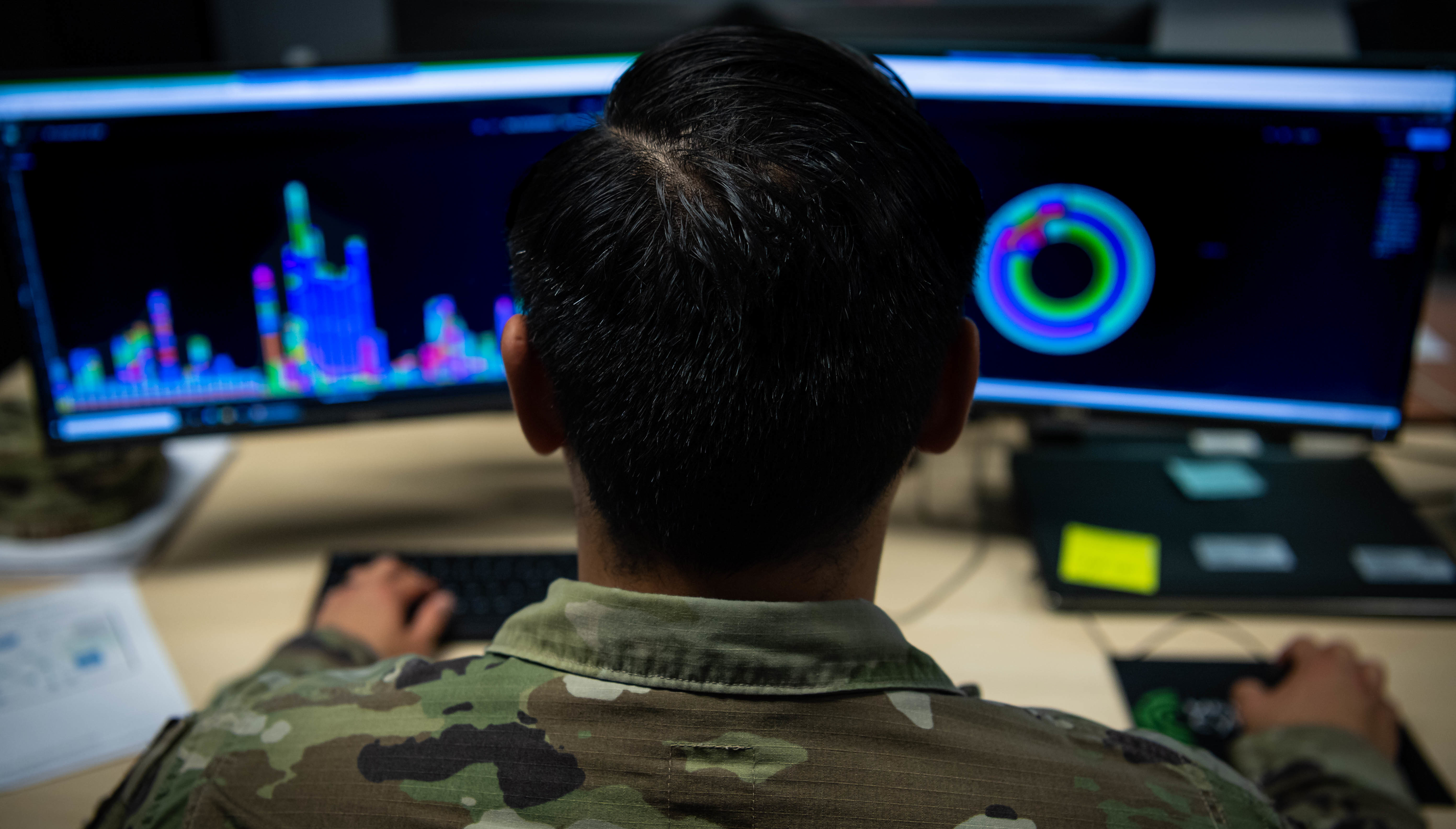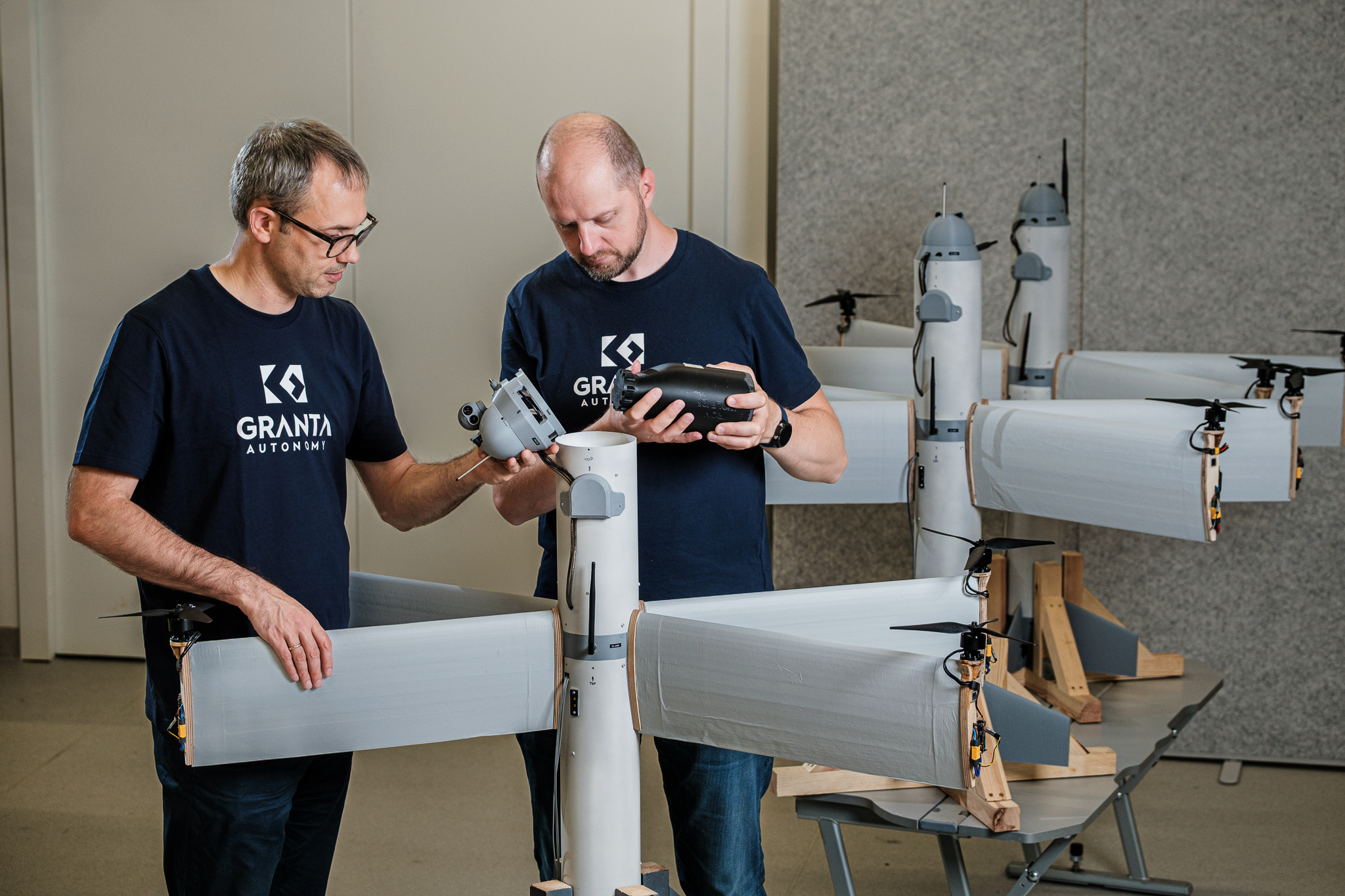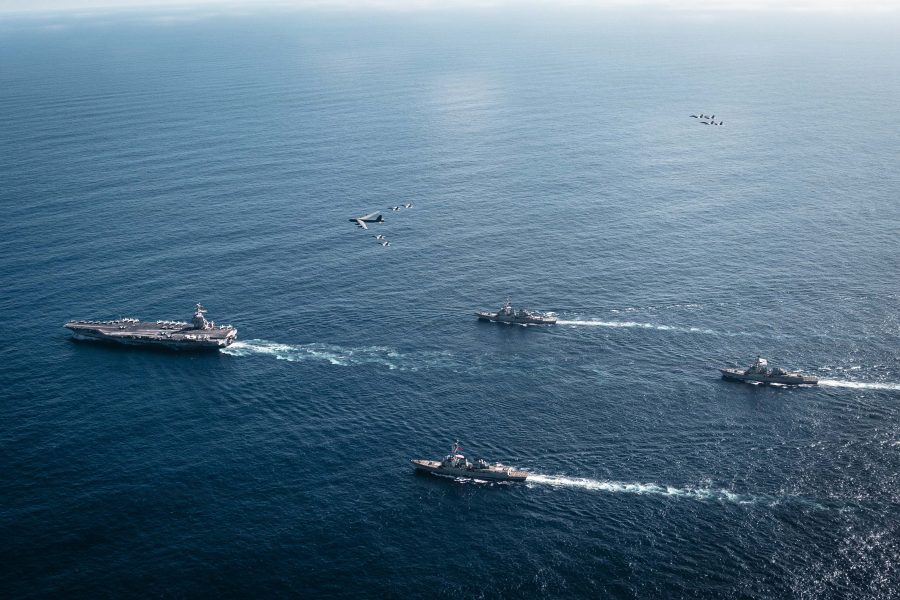
The USS Gerald R. Ford entered the Caribbean Sea, the U.S. Navy said Nov. 16, as the U.S. continues to build up its military might in the region, largely through airpower.
The arrival of the Ford, the world’s largest aircraft carrier, came after Secretary of Defense Pete Hegseth announced Nov. 13 that American military operations are being carried out as part of Operation Southern Spear.
The Trump administration has said its operations in South America are aimed at drug cartels, but they also appear to be designed to pressure Venezuelan President Nicolás Maduro.
“I’ve sort of made up my mind,” Trump told reporters aboard Air Force One Nov. 14 when asked about the military options he is reported to be pondering on Venezuela. “We’ll see what happens. I mean, I can’t tell you what it is, but we’ve made a lot of progress on Venezuela in terms of stopping drugs from pouring in.”
Keeping the focus on Venezuela, Secretary of State Marco Rubio said on Nov. 16 that the U.S. intended to designate Cartel de Los Soles, a Venezuelan criminal group, as a “foreign terrorist organization” that is headed by Maduro and other high-ranking Venezuelan government officials. Rubio said in a statement that the group, along with other cartels, is responsible for “terrorist violence throughout our hemisphere” and for trafficking drugs to the U.S. and Europe. Rubio warned that the U.S. will use “all available tools to protect our national security interests,” without providing details.
After Rubio’s statement, Trump said Nov. 16 that the U.S. may be open to having talks with Maduro, leaving open the possibility that the U.S. military deployments are part of a pressure campaign.
The Ford is embarked with some four fighter squadrons of multirole F/A-18 Super Hornets along with EA-18 electronic attack aircraft, which specialize in jamming and destroying enemy radar sites. Those would be important assets if Trump orders strikes in Venezuela, including on its air defenses.
The Ford adds to 10 U.S. Marine Corps F-35s stationed in Puerto Rico, along with AV-8 Harrier jump jets and AH-1 attack jets aboard the amphibious assault ship USS Iwo Jima, which is also in the region.
The Navy and Marines have received much of the recent attention, but the Air Force remains active in the region.

In Puerto Rico, multiple Air Force MQ-9 Reaper drones have been operating at an international airport. In El Salvador, at least one AC-130J Ghostrider has been spotted on satellite imagery, first reported by The New York Times and subsequently by an open-source plane spotter. The U.S. military has declined to say which platforms are conducting the strikes on the boats.
The AC-130s were first spotted in the region operating out of Puerto Rico, according to official images released by the Air Force, aviation enthusiasts, and photographs from news agency Reuters. P-8 Poseidon maritime patrol aircraft are also active in the region, including flying from Puerto Rico.
The Air Force has also worked to repair runways and build an armory on the U.S. terrority, official images show.
On Nov. 16, two C-17 Globemaster III aircraft took off from Puerto Rico and appeared to land in El Salvador, according to open-source flight tracking data. At least one of the C-17s later took off from El Salvador and landed in Puerto Rico.

Air Force transport flights to and from the continental U.S., Puerto Rico, and the U.S. Virgin Islands have become a near-daily occurrence. Flights of Air Force B-52 and B-1 bombers, capable of carrying standoff cruise missiles and a wide variety of conventional munitions, have flown in the airspace near Latin America roughly once a week for the past month.
As the Ford approached the Caribbean Sea, U.S. Navy C-2 Greyhounds, which are used to replenish supplies aboard the aircraft carrier, had been spotted landing in Puerto Rico since at least Nov. 13. An Air Force B-52 bomber flew over the Ford that day, which was widely promoted by the U.S. military on social media.
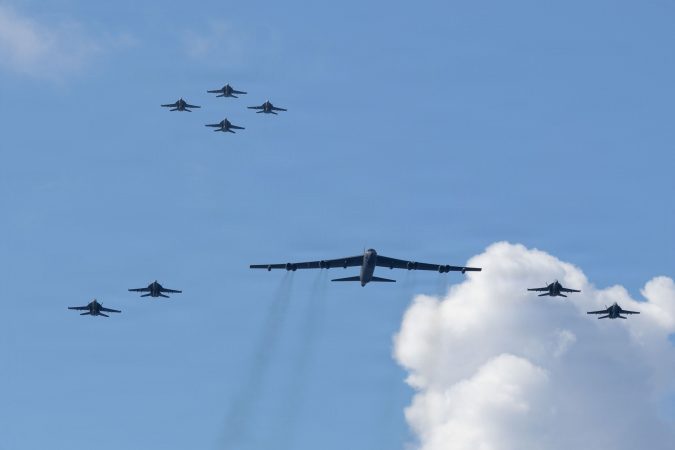
The U.S. military has conducted more than 20 known airstrikes on vessels it alleges are carrying drugs, which have killed at least 83 people. The most recent strike, which killed three people according to the U.S. military, occurred Nov. 15 in the eastern Pacific Ocean, U.S. Southern Command announced.
The Trump administration asserts that the U.S. is carrying out legitimate attacks against drug cartels that it has designated as terrorist organizations. But some lawmakers and some former U.S. officials say these strikes amount to extrajudicial killings of low-level smugglers who pose no immediate threat to the U.S. and who should be apprehended by law enforcement.
Asked on Nov. 16 by CBS’ Face the Nation about possible U.S. military action in the Caribbean, Army Secretary Dan Driscoll said the service had reactivated a jungle warfare training school in Panama and was “ready to act on whatever the president and Sec. War needed,” referring to Trump and Hegseth.
“We don’t talk about those kinds of things, but we would be ready if asked,” Driscoll said.
The post Ford Aircraft Carrier Enters Caribbean as Airpower Build-Up Continues appeared first on Air & Space Forces Magazine.

Air, AC-130, C-17, Donald Trump, Marco Rubio, MQ-9, Navy, P-8, SOUTHCOM, U.S. Southern Command, Venezuela
Air & Space Forces Magazine
[crypto-donation-box type=”tabular” show-coin=”all”]

